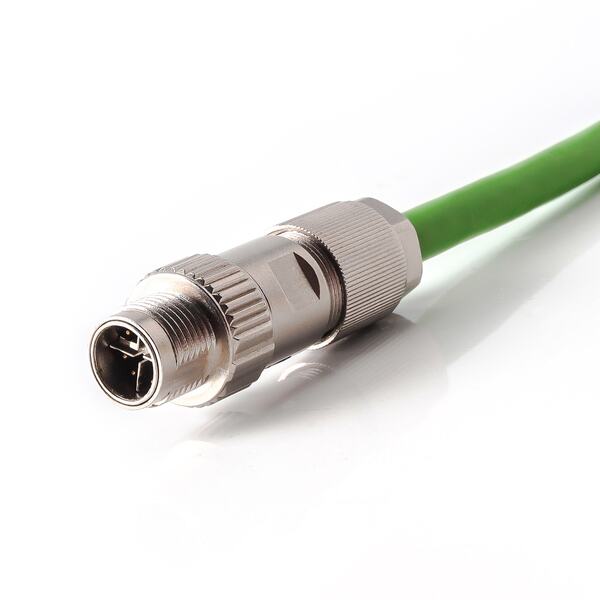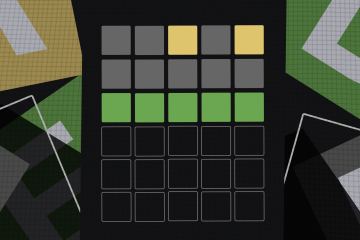Have you ever wondered about data centers — the massive spaces brimming with active computers? Inside, numerous lines of servers are present. These machines are responsible for making sure our digital lives function smoothly. But servers can’t work alone. They need helpers called connectors.
Connectors link all the parts together so they can communicate. They are the building blocks that connect our world. They help data, power, and audio or visual signals travel. They quietly make sure all our devices can talk to each other.
With tech growth, connectors have changed too. This post will explain how they evolved. You’ll see how they improved from old analog connectors to hybrid connectors that have become superior, quicker, and more resilient.
The Legacy of Analog Connectors
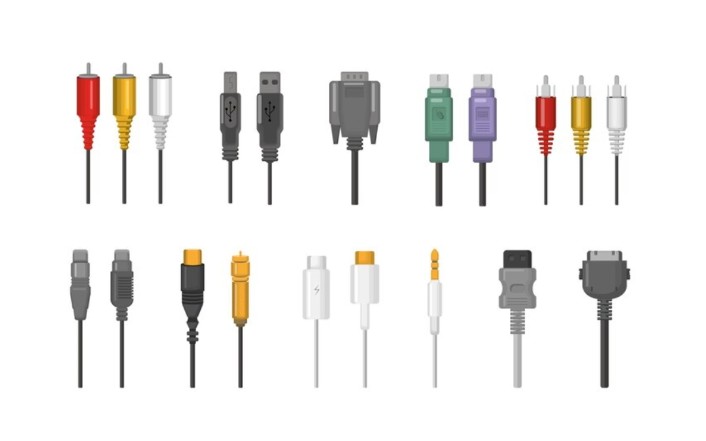
For many years, analog connectors have played a key role in sharing sounds and visuals. Take, for instance:
- RCA connectors have allowed us to enjoy music and view videos.
- With XLR connectors, musicians have reached our ears with their voices and instruments.
- Furthermore, BNC connectors made it possible to view and listen to radio and video broadcasts.
Despite various tech upgrades, the heavy duty extension cord has been the source of power supply to this moment. It has been a consistent electricity provider. Many gadgets still require it to power analog connectors for functioning, which proves their enduring relevance and utility.
As digital technology grows, many devices still rely on these analog connectors. Statistics prove their importance today. Their design allows them to keep working well, even as the digital world changes around them.
The Digital Revolution and the Rise of New Connectors
Our modern era introduced numerous advancements. Fast data transfer became necessary, hence the creation of new connectors. For example
- USB connectors are very common now. At first, they helped move data. But new USBs also give power. The latest USB4 can move data super fast at 40 Gbps. Fast data transfer is essential today, not just a nice extra.
- HDMI connectors have changed, too. HDMI 2.1 can move 48 Gbps of data, which is enough for a high-resolution 10K display at high quality. HDMI is used everywhere for audio and video now.
- DisplayPort connectors are popular with professionals. The new DisplayPort 2.0 can handle a whopping 80 Gbps throughput! DisplayPort is the leader for ultra high-res displays over 8K.
Today, global internet users spend almost 7 hours per day online across devices. This big number shows how much we rely on digital tech. It proves why these advanced connectors are so crucial in daily life.
Bridging the Gap: Hybrid Connectors
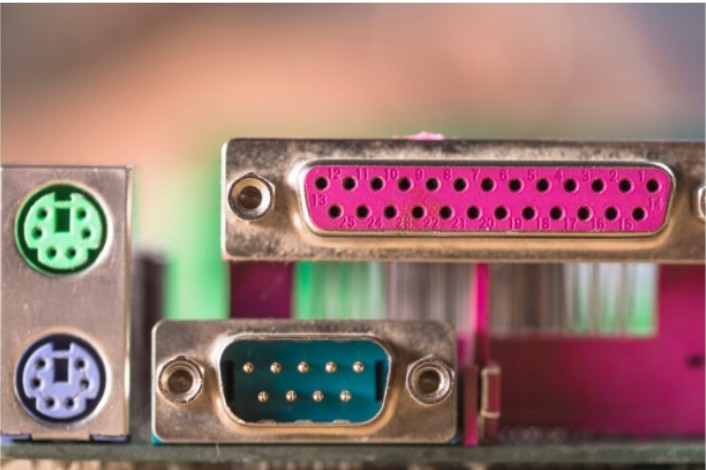
Sometimes, things work in opposite ways. Analog and digital are not the same. But hybrid connectors can be in the middle. They work well in both worlds. Hybrid connectors can change like chameleons.
Let’s learn more about them:
VGA Connectors: Bridging Analog and Digital
VGA (Video Graphics Array) connectors have been very important for displays. They handle analog and digital video signals, making them useful for monitors, projectors, and old devices.
Picture an old projector and a new laptop together. The VGA connector lets the digital slides show on an analog projector.
DVI Connectors: Mostly Digital, But Also Analog
DVI (Digital Visual Interface) connectors are mainly for digital. But they can also work with analog signals. There are different types like DVI-D, DVI-I, and DVI-A.
They are helpful in various situations. Think of a designer’s computer. A high-resolution digital monitor connects with DVI, and an old CRT display uses the analog part of the same connector.
The Power of Being Hybrid
Why Hybrid? Hybrid connectors give you the best of both worlds. They let old systems work with new technology and make different devices “talk” to each other easily.
Advantages
- Hybrid connectors reduce mess. One port can do multiple jobs.
- Hybrid connectors are handy tools. They join different types of signals in one cable.
- These connectors adjust easily when new tech arrives. The old setup stays the same.
The Future of Connectors: Specialization and Beyond
As technology moves forward, connectors will become more important. Here are examples of what might happen in the future:
Industrial Internet of Things (IIoT) Revolution
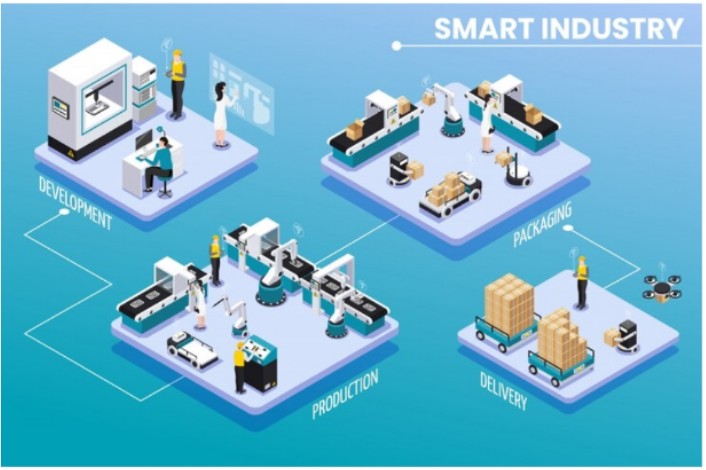
Connectors will be made for specific industrial needs. They may need to handle high temperatures, vibrations, and harsh environments.
These connectors will be crucial for automated production lines and systems that predict maintenance needs. Analog sensors in factories will send data to IIoT networks. Connectors will control communication between sensors and data collection modules.
Edge Computing and Miniaturization
As edge computing grows, connectors will get smaller but do more. These tiny connectors will allow real-time processing at the edge, reducing delays and improving decision-making.
Connectors could be woven into fabrics, linking wearable health monitors, smart clothes, and augmented reality glasses. These unobtrusive connectors will change how we use technology.
Single Pair Ethernet (SPE)
SPE connectors will transform industrial communication. They will send power and data through a single twisted pair wire. It will make installations simpler and reduce cable clutter.
IoT devices will have small connectors that allow fast communication. These connectors will make smart sensors, robotic arms, and more work well.
Conclusion
The change from analog to digital connectors shows how far technology has come. Connectors will keep being very crucial in connecting the world together. In the future, they will likely get smaller and have wireless capabilities. Our technology-driven world will always require them.

